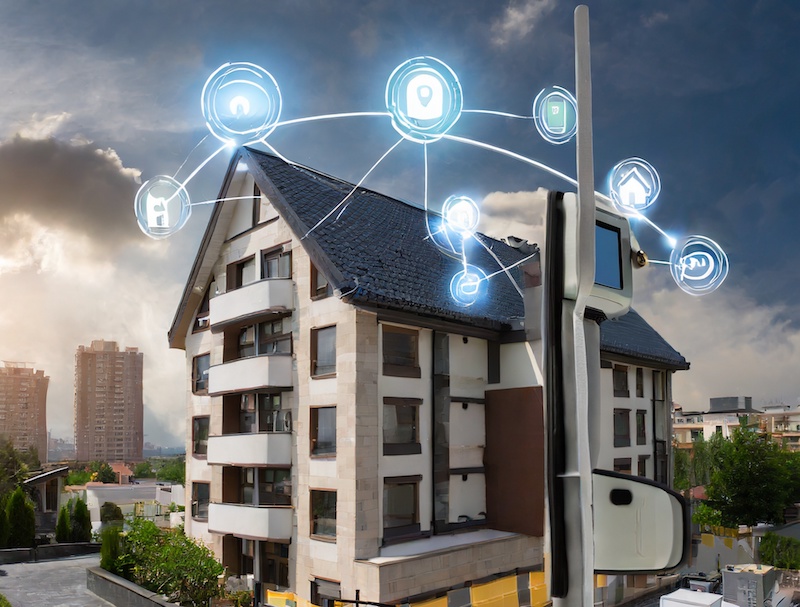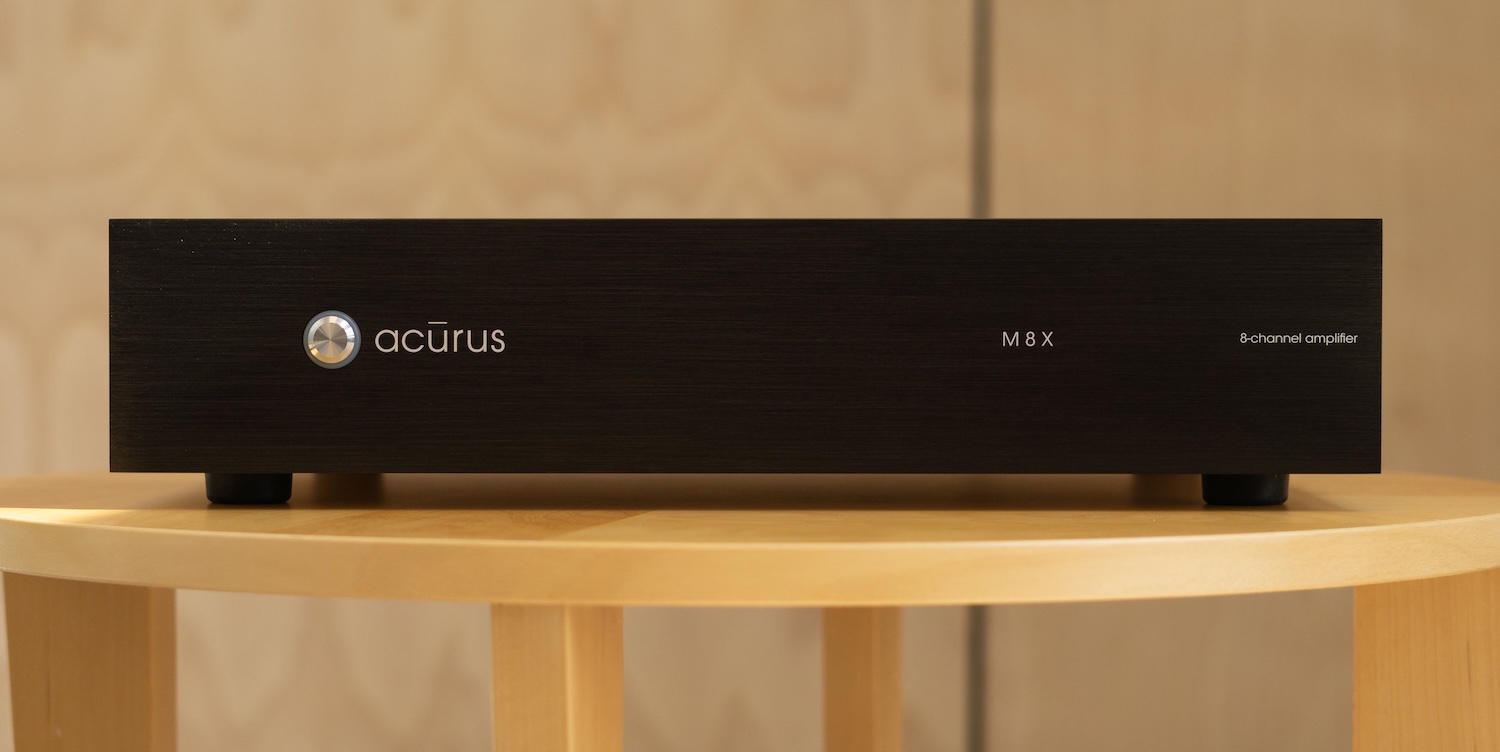Communication, access, security, and technology adoption all play pivotal roles in achieving the equilibrium of multifamily owners and renters.
In the multifamily landscape, there is a growing trend for apartments to be leased as short-term rentals, and it is igniting a big conversation within the industry.
There are two primary ways that multifamily properties are now being let for short stays: the wholesale transfer of entire floors to professional operators during the lease-up period to increase occupancy; and the more recent Airbnb-friendly model where renters sublet their units with a revenue split between the resident, owner or operator, and Airbnb.
The appeal of the short-term rental use case is easy to understand. The potential for high seasonal occupancy rates, an early predictable revenue stream during a low occupancy phase, a systematized approach to the complexities of subletting, and the convenience of leaving the operational side of renting a property on Airbnb to residents or larger professional operators.
But amid the excitement and potential revenue stream from this convergence, one crucial aspect remains to be addressed — the art of perfecting the delicate balance between keeping permanent residents happy and fostering a positive short-term rental experience for temporary guests in the same building. It’s a multifaceted challenge that extends beyond offering complimentary Wi-Fi and furnished spaces. Communication, access, security, and technology adoption all play pivotal roles in achieving this equilibrium.
Using Technology to Protect Long-Term Residents
The first challenge lies in protecting the interests and well-being of long-term residents, starting with security and access management. Residents must feel reassured that they are safe in their own homes, and there are no threats to their security or safety as short-term rental guests come and go.
Access management solutions can enable managers to restrict entry to certain floors within a multifamily development to ensure guests aren’t co-mingling with residents, or to manage the accessibility of specific areas of the building such as the rooftop pool. Having an understanding of who is coming and going is crucial — not just for residents, but for property managers too. Cloud video solutions can be an effective way to keep on top of who is on the property and when, giving managers oversight of any guests or unauthorized visitors in the building.
For multifamily residents using the Airbnb-friendly model to sublet their property, the apartments could be anywhere, so it won’t be possible to isolate parts of the building. In this instance, the lines of separation between residents and short-term guests becomes blurred and co-mingling cannot be avoided, but technology can still help managers look after long-term residents.
Noise monitors that are only used in communal areas within multifamily buildings can be placed in apartments being used as short-term rentals. This can help combat any potential issues by notifying managers when noise passes a certain threshold.
Another hurdle to consider is the check-in process, which is entirely different from a resident’s lease process. With different short-term rental guests frequently checking in, residents may feel concerned about who has keys to the building, including past and present guests. Keyless locks help managers to protect their assets by ensuring no one has physical keys to the property, but also provides residents with peace of mind that only those with a unique (and changeable) code can access their building.
The Short-Term Guest Experience
In addition to the residents, it is also important to consider the experience of the short-term rental guest within a multifamily building. This requires thoughtful consideration, especially in light of advancing technology.
Communication, for instance, is key. The interaction between an operator and a short-term rental guest is likely to be very different from the interaction with a resident. When it comes to communication, it’s not just about delivering the right information — it’s about delivering it at the right time and in the right format. Long-term residents’ typical needs may include information about billing or lease details, community rules, upcoming events, or maintenance update timelines, whereas short-term rental guests require concise directions, check-in and check-out procedures, and local food or entertainment recommendations for a seamless stay. For the most part, the communications platforms and tools serving these distinct audiences are still disparate.
Cleanliness is another critical factor. Frequent turnovers necessitate thorough and professional cleaning of short-term rental units between stays to meet guest expectations, along with health and safety standards. Property management systems can automate cleaning schedules, while smart locks and access control systems streamline coordination with cleaning services.
Multifamily managers should also consider the current headwinds faced by the short-term rental industry, as local governments continue to clamp down on new rentals and tighten local regulations. Depending on the area, regulations governing short-term rentals vary and are subject to change but navigating these complexities and ensuring all rentals are compliant with local laws is crucial to avoid legal pitfalls.
Smart Property Technology
While technology offers solutions, it is just one piece of the puzzle. To effectively navigate the convergence of long-term residents and short-term guests, multifamily managers must craft a comprehensive strategy that addresses communication, cleanliness, access, safety, and long-term resident satisfaction.
For those looking for innovative ways to reduce vacancies, the opportunity is promising. But, it’s important to remember that while technology is an enabler; it’s not the whole answer.








![ecobee premium airzone control The ecobee Smart Thermostat Premium. [Photo credit | ecobee]](https://restechtoday.com/wp-content/uploads/2025/06/ecobee-premium.jpg)
